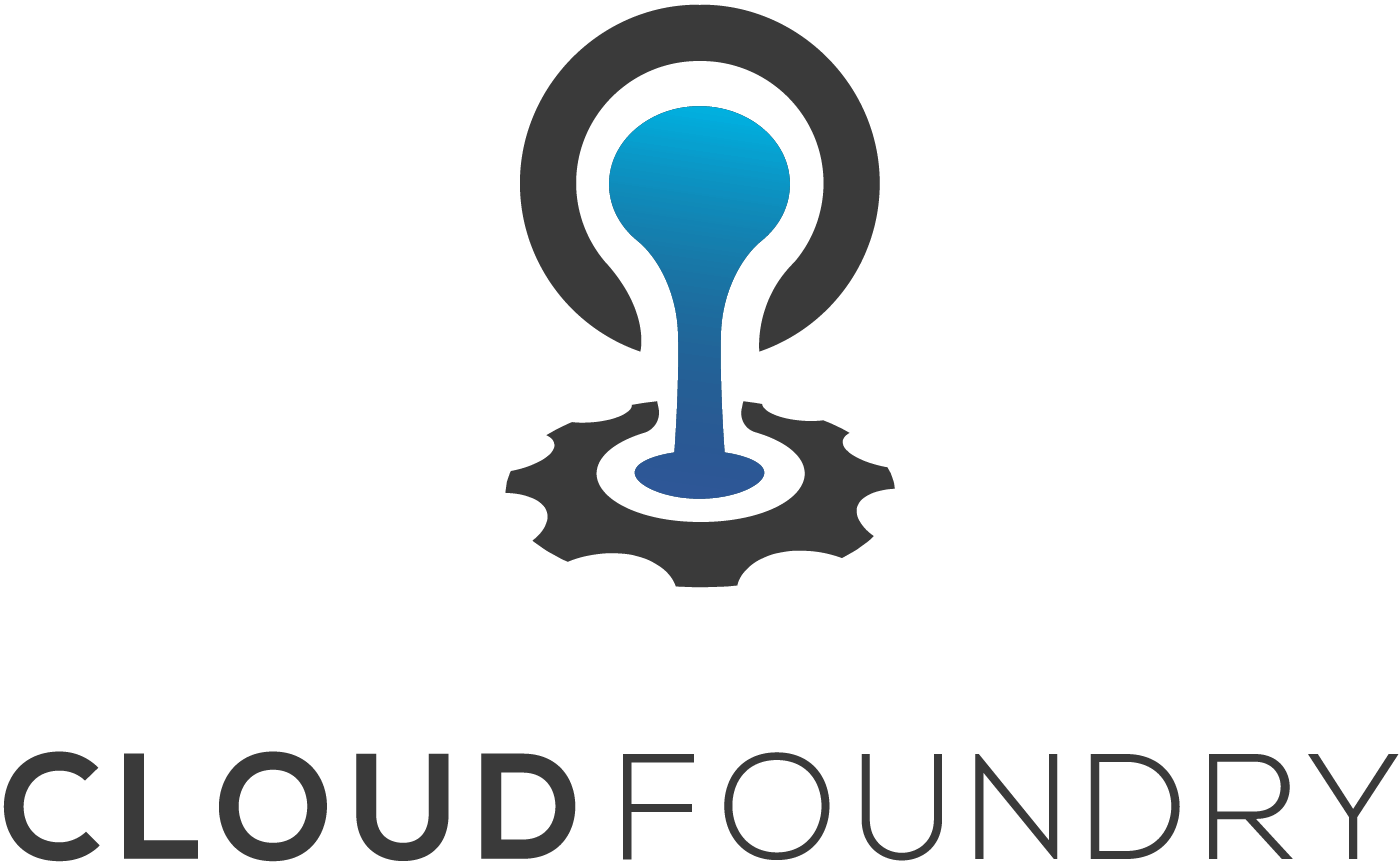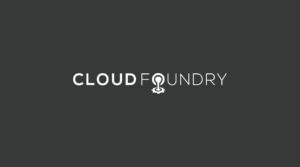The Cloud Foundry community gathered at Frankfurt this year as part of their annual Cloud Foundry Day Europe event. It was a packed event, with free flowing conversation and exchange of ideas.
Due Credit
First and foremost, a huge thanks to all the attendees who were able to make it in person. We had one of our biggest events in recent times with nearly 200 people registering and 95% folks showing up. I’ve never seen this pattern of attendance at recent events and consider this a testament to how dedicated this community of engineers is.
Next, I’d like to thank our sponsors. SAP SE, VMware Tanzu by Broadcom, anynines, STACKIT, and FiveTwenty. Their support goes a long way in making events like this more sustainable for the Foundation. We had a long list of sponsors after a while and salute them for their spirit. The event is not designed with a sponsor showcase or too many benefits, and yet these organizations chose to participate to build a sense of community, which is a rare trait.
At Cloud Foundry Day Europe 2025, held on 7th Oct 2025 in Frankfurt, there were several themes ― working on planet-scale workloads, integrating well with the cloud native ecosystem, and last but not least the topic of AI. Let’s look at each of them individually.
The Effect of AI on Cloud Foundry
The Cloud Foundry community isn’t necessarily immune to the effects of artificial intelligence. Neither are we naysayers. Several people in the community have embraced AI to help with various aspects of their job. It was interesting to see how each company is using this technology to adapt to their workflows and to add platform capabilities.
Maurice Brinkmann and Ruben Koster, both long-time Cloud Foundry enthusiasts, showcased how to begin the platform experience from a prompt rather than from the code. Maurice demonstrated the use of a prompt to write code in Python and build a container using the Python buildpack. Ruben utilized a codegen tool to supply a prompt and added Cloud Foundry Kirif to package and deploy the app to Kubernetes. He also made updates to the app and automated the flow of updating it. Their talks showcased the same ends through different means. Is the future of cloud automation platforms set to begin with a prompt? Only time will tell.
Cloud Foundry & Cloud Native
A perennial debate among those working with cloud platforms is replacing Cloud Foundry with the more recent cloud native approach. This is a rather superficial position and one that misses the nuance. Time and again we were reminded from the stage that both of them co-exist and run side-by-side on production in several organizations. In addition to mainframes.
At the event, Cloud Foundry Korifi received a lot of attention. As did Cloud Native Buildpacks, a CNCF project, all of which bridge the two worlds well. Internally, within Cloud Foundry, efforts are underway to utilize these new versions of Buildpacks as the default. Another project which was a star of the show was Klutch, which helps bridge the gap between the Kubernetes and cloud services world. It borrows heavily from Open Service Broker API and adapts it to a newer cloud native architecture.
Special mention to the team from Syntasso, who showcased Kratix, their take on platforms where they demonstrated the use of Paketo Buildpacks among several other CNCF projects to showcase how to create a platform using cloud native building blocks, to keep up the Cloud Foundry promise.
BOSH: A Lasting Legacy
Several sessions at the event were focused on how to operate Cloud Foundry on VMs which is the traditional way to run it, centered around BOSH. This is an example of an enduring open source project which has both worked and remained open for over a decade ― a true testament to sustainable development.
Presenters demonstrated the continued value BOSH-based Cloud Foundry is adding to their respective organizations. End-users and member companies all have CF installations that operate at planet-scale. The German public sector, service providers, hyperscalers, all showcased the ability of Cloud Foundry to solve problems and scale gracefully.
Other topics included observability, cloud provider interfaces, networking, and routing functions around BOSH and Cloud Foundry. In addition to all the technical talks, we heard one focus entirely on the narratives that Cloud Foundry sets in large organizations. We learned of how the Cloud Foundry amplifies the abilities of small teams and enables them to achieve disproportionate platforming capabilities.
Concourse, Stratos, and Buildpacks: The True Winners
Not all projects are created equal. And by that I mean some projects enjoy a wealth of contributors while others have a smaller set of maintainers, while some end up being niche. In the Cloud Foundry community, there are a handful of such projects that have a small yet dedicated contributor base. These projects were also well represented at the event with talks involving Stratos, Concourse, and Buildpacks.
I believe that some of the best outcomes of events like this are for these projects which see a lot of discussion and interest when presented at events. I remember how a bunch of maintainers who got together at Cloud Foundry Day NA 2025 kicked off the conversation around Stratos and are responsible for its revival. The recent addition of Concourse to the foundation is amazing for both its long term sustenance and the strength of the foundation.
A Note on Diversity
One of the aims that the Linux Foundation has for these events is to maintain sufficient diversity. They do this for attendees, for speakers, and every way possible. Because representation matters!
In this year’s edition, we were lucky to get great diversity among those who submitted CFPs, presenters on stage, the Program Committee behind the scenes, and in the sea of attendees. Most notably, we also had healthy diversity among the participating companies. This has a direct implication on the diversity of thought and action within the community.
Closing Note
I’d love to take this opportunity to thank the Cloud Foundry community, from the ground up. The various contributors and maintainers – please know that your work is much appreciated. The many working group leads and the Technical Oversight Committee, thanks for being at the helm of activities and helping steer efforts in the right direction. The Governing Board for accommodating these events and setting the right tone for the rest of the humans to coalesce around these goals.
For those who would like to relive the event, please browse through our photo album. Better yet, go through the YouTube playlist of all the recorded talks from the event.



